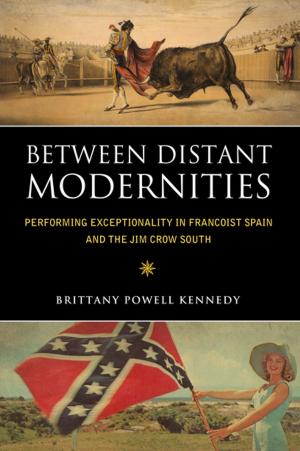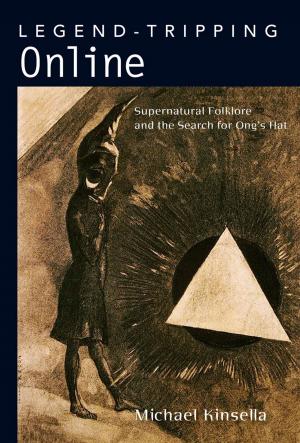Oz behind the Iron Curtain
Aleksandr Volkov and His Magic Land Series
Fiction & Literature, Literary Theory & Criticism, European, Russian, Children&, Nonfiction, Social & Cultural Studies, Social Science, Cultural Studies, Popular Culture| Author: | Erika Haber | ISBN: | 9781496813619 |
| Publisher: | University Press of Mississippi | Publication: | November 30, 2017 |
| Imprint: | University Press of Mississippi | Language: | English |
| Author: | Erika Haber |
| ISBN: | 9781496813619 |
| Publisher: | University Press of Mississippi |
| Publication: | November 30, 2017 |
| Imprint: | University Press of Mississippi |
| Language: | English |
Recipient of the 2018 Outstanding Faculty Research Achievement Award in the Department of Languages, Literatures, and Linguistics at Syracuse University
In 1939, Aleksandr Volkov (1891-1977) published Wizard of the Emerald City, a revised version of L. Frank Baum's The Wonderful Wizard of Oz. Only a line on the copyright page explained the book as a "reworking" of the American story. Readers credited Volkov as author rather than translator. Volkov, an unknown and inexperienced author before World War II, tried to break into the politically charged field of Soviet children's literature with an American fairy tale. During the height of Stalin's purges, Volkov adapted and published this fairy tale in the Soviet Union despite enormous, sometimes deadly, obstacles.
Marketed as Volkov's original work, Wizard of the Emerald City spawned a series that was translated into more than a dozen languages and became a staple of Soviet popular culture, not unlike Baum's fourteen-volume Oz series in the United States. Volkov's books inspired a television series, plays, films, musicals, animated cartoons, and a museum. Today, children's authors and fans continue to add volumes to the Magic Land series. Several generations of Soviet Russian and Eastern European children grew up with Volkov's writings, yet know little about the author and even less about his American source, L. Frank Baum. Most Americans have never heard of Volkov and know nothing of his impact in the Soviet Union, and those who do know of him regard his efforts as plagiarism.
Erika Haber demonstrates how the works of both Baum and Volkov evolved from being popular children's literature and became compelling and enduring cultural icons in both the US and USSR/Russia, despite being dismissed and ignored by critics, scholars, and librarians for many years.
Recipient of the 2018 Outstanding Faculty Research Achievement Award in the Department of Languages, Literatures, and Linguistics at Syracuse University
In 1939, Aleksandr Volkov (1891-1977) published Wizard of the Emerald City, a revised version of L. Frank Baum's The Wonderful Wizard of Oz. Only a line on the copyright page explained the book as a "reworking" of the American story. Readers credited Volkov as author rather than translator. Volkov, an unknown and inexperienced author before World War II, tried to break into the politically charged field of Soviet children's literature with an American fairy tale. During the height of Stalin's purges, Volkov adapted and published this fairy tale in the Soviet Union despite enormous, sometimes deadly, obstacles.
Marketed as Volkov's original work, Wizard of the Emerald City spawned a series that was translated into more than a dozen languages and became a staple of Soviet popular culture, not unlike Baum's fourteen-volume Oz series in the United States. Volkov's books inspired a television series, plays, films, musicals, animated cartoons, and a museum. Today, children's authors and fans continue to add volumes to the Magic Land series. Several generations of Soviet Russian and Eastern European children grew up with Volkov's writings, yet know little about the author and even less about his American source, L. Frank Baum. Most Americans have never heard of Volkov and know nothing of his impact in the Soviet Union, and those who do know of him regard his efforts as plagiarism.
Erika Haber demonstrates how the works of both Baum and Volkov evolved from being popular children's literature and became compelling and enduring cultural icons in both the US and USSR/Russia, despite being dismissed and ignored by critics, scholars, and librarians for many years.















